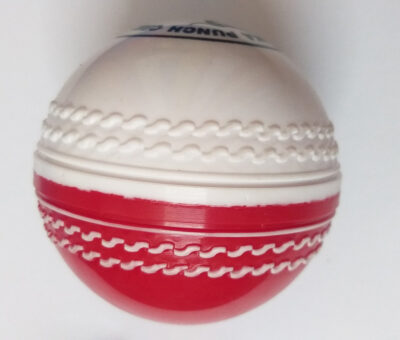While there are some differences between red and white cricket balls, particularly in terms of their swinging properties, it’s important to note that these differences can vary based on various factors, including the specific manufacturer and the conditions of play. Let’s explore the general differences between red and white cricket balls:
- Swinging Properties: The white ball is often known to swing more than the red ball, especially during the limited-overs format of the game. This increased swing can be attributed to factors such as the white ball being made of a different type of leather, the white color providing better visibility, and the lacquer used on the white ball aiding in its movement through the air. However, it’s worth noting that swing can still occur with red balls, especially under certain conditions.
- Format of Play: Red balls are primarily used in Test cricket, while white balls are used in limited-overs formats such as One-Day Internationals (ODIs) and Twenty20 (T20) matches. The use of white balls in limited-overs cricket is intended to provide better visibility for both players and spectators, particularly under floodlights or in colored clothing.
- Playing Conditions: The choice of ball color is also influenced by the playing conditions. Red balls are used in Test matches, where players typically wear white attire and matches are played during daylight hours. The red color provides good contrast against the white clothing and is easier to spot under natural light. On the other hand, white balls are more suitable for limited-overs matches, where players wear colored clothing and matches can be played under artificial lights or in varying lighting conditions.
- Ball Hardness: Both red and white cricket balls have a hard surface, but there might be variations in hardness depending on the manufacturer and the specific ball model. The hardness of the ball can affect factors such as bounce, pace, and the amount of movement off the pitch.
It’s important to note that the specific characteristics of cricket balls can vary across manufacturers, ball models, and different playing conditions. The aforementioned differences between red and white balls are general observations, and individual ball characteristics may deviate from these observations.
In summary, the primary differences between red and white cricket balls lie in their use in different formats of the game, their swinging properties, and the playing conditions they are designed for. However, it’s important to consider that the actual performance and characteristics of cricket balls can vary based on several factors, and individual preferences may differ as well.



